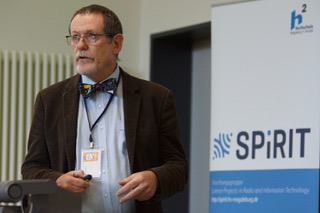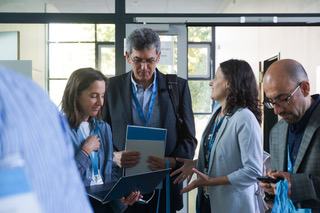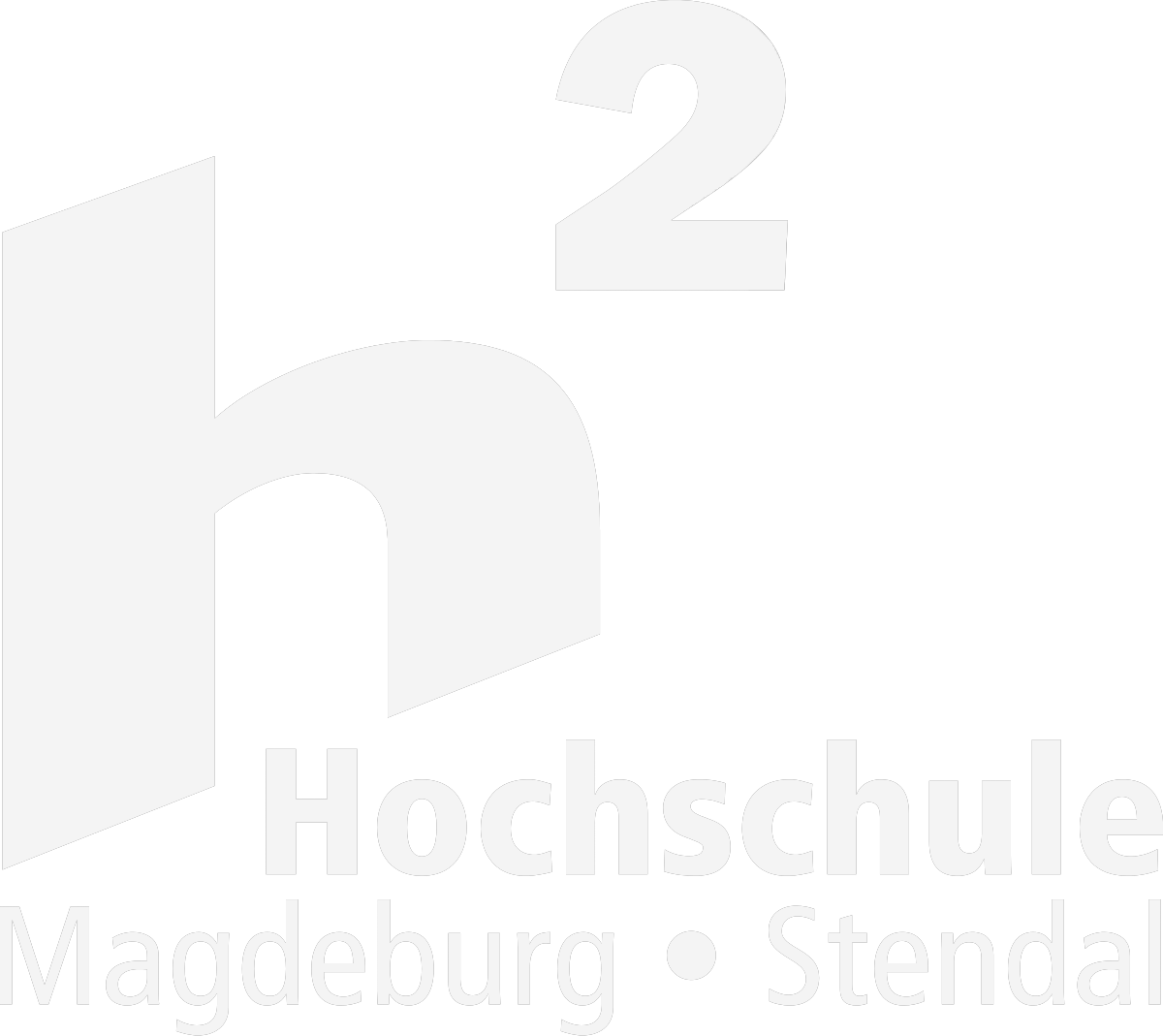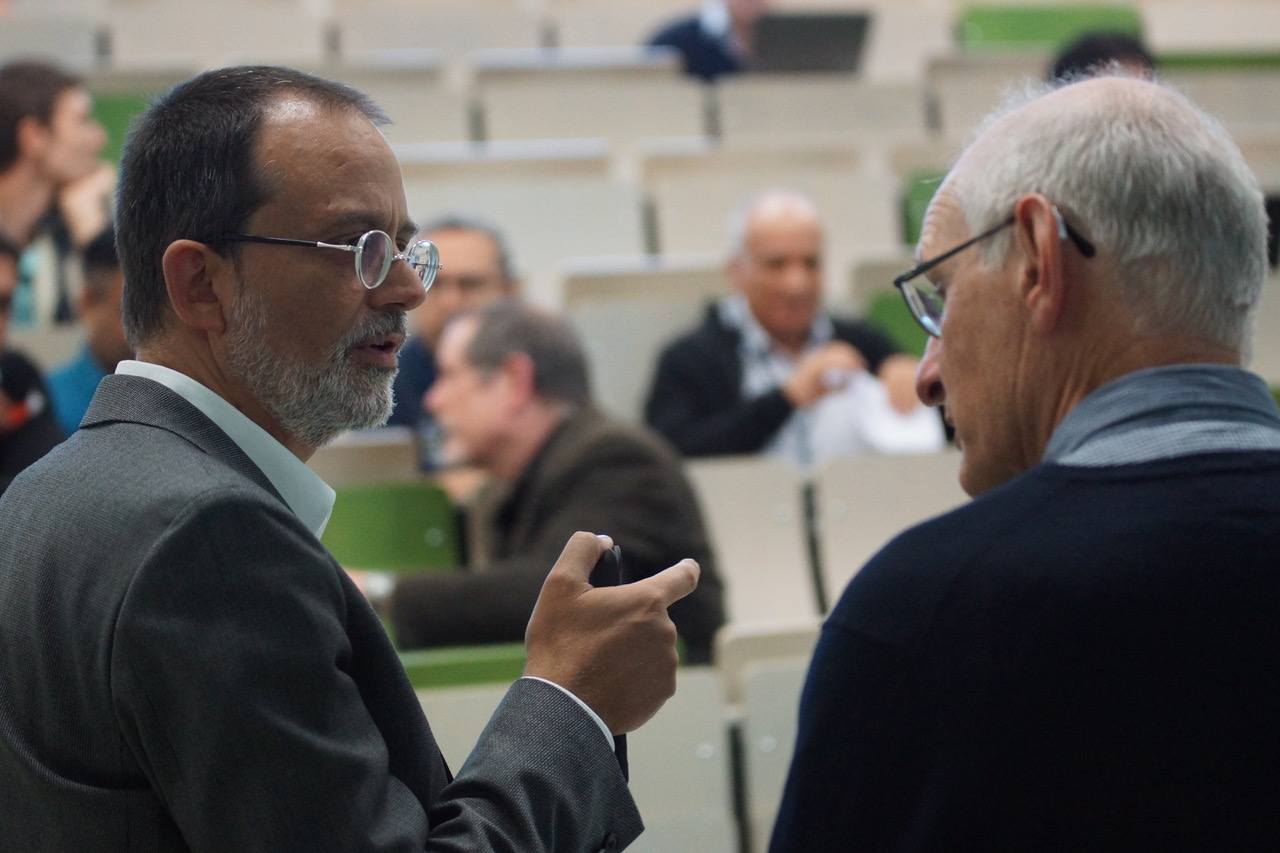From September 23 to 27, 2019, the lecture hall building of Magdeburg-Stendal University of Applied Sciences was transformed into an international conference center. Engineering scientists from all over the world exchanged their current research results in educational technologies.
Two consecutive international conferences, a symposium and numerous workshops were hosted by international teams, this year led scientifically and organizationally by Prof. Michael A. Herzog. The SPiRIT research group, under the direction of Leonore Franz and Veronika Weiß, ignited a firework of ideas and formats to provide guests at the university campus in Magdeburg with a creative, stimulating and personal atmosphere in which new technologies, ideas, methods and viewpoints could not only be presented, but also constructively discussed and developed beyond the confines of lecture halls and seminar rooms.
On Monday, September 23rd, the “18th International Conference on Web-Based Learning – ICWL” started together with the “4th International Symposium on Emerging Technologies for Education – SETE”, both focussing on research results in technology-enhanced learning and future educational technologies. Thematically linked to this, the “18th International Conference on Information Technology Based Higher Education and Training – ITHET” took place from September 26, with the main focus on digital university teaching in the field of engineering.
Over 200 international scholars from 36 countries traveled to our campus for the conferences. Renowned keynote speakers presented their research results and visions on the topics of Machine Learning, Analysis of Learning Data, Collaborative Virtual Learning, and Graduate Competencies of the Future. There was a particularly lively discussion about how the university as an institution should evolve: Away from synchronous teaching for all, towards individual, research-oriented learning; promotion of specialized, problem-focused education as well as enforcement of the indispensable networking of disciplines and professional competencies already in basic education.


Amelie Ries spoke with Prof. Herzog about his summary of the conference marathon.
What advances from the world’s labs that have been on display in recent days have particularly touched you?
The advances in artificial intelligence and data analysis methods, the many improvements in digital collaboration in learning teams, and also the possibilities of individualized learning in virtual worlds of experience have developed surprisingly quickly in combination. They are already giving us some new tools to adapt our teaching and learning cultures to the current challenges.
What specifically do you recall?
For example, we see how a combination of intelligent chatbots and mixed reality is enabling new forms of guided learning through robots or avatars. The virtual intelligent tutor was shown to be technically feasible. The question, then, is just how intelligent such a virtual, individual tutor can be in the foreseeable future. Question-and-answer functions we all know from Alexa & Co. It works like a search engine with a voice function.
But can such a robot teacher do more than answer questions and provide content? Can he guide and inspire us?
It can definitely guide and inspire us, because it uses the data it collects about us to determine the learning progress of certain tasks, recognizes our emotions via the camera, and evaluates our eye movements and changes in location. Based on this, it determines from already known patterns what the appropriate next steps for us learners could be. It can make us offers or motivate us in a playful way, as computer games already do. It can also give us tasks and lead us to a goal.
And where is the inspiration that sets us humans on new paths and motivates us?
Getting real inspiration from a robot is currently rather out of reach. How is a robot supposed to inspire us creatively?
It will be very difficult to generate training data for this. If we turn the whole thing around and look at the learner as an avatar, things look different again. At the conference, I was particularly impressed by the example of Kavita. Although she is confined to her home environment due to illness, pure telepresence via a robot has allowed her the freedom of movement to pursue a university degree and a doctorate in computer science. Such an example is also tremendous incentive for us developers.
What does the availability of this technology mean for the further development of teaching in schools and universities?
In fact, students today are still required to have a lot of factual knowledge in many areas, even though quality-assured knowledge has long been technically available everywhere within seconds. If today’s intelligent machines already create better, more individual learning experiences for competence development than a teacher in front of a heterogeneous class is capable of, why don’t we change the role of the teacher as a facilitator of learning processes? Why don’t teachers everywhere yet also see themselves as developers of social skills, as promoters of team skills, as coaches for personal development, as inspirers of genuine educational experiences? Educational technologies provide us with many new opportunities to overcome barriers between disciplines and places: Training interdisciplinary, cross-space collaboration, making complex cross-disciplinary advances via design methods, technology understanding, and tool use – all of which educational technologies are increasingly capable of promoting, as the contributions of researchers and developers have impressively demonstrated.”
Wouldn’t this cultural change also need to be structurally supported by a university institution? For example, with interdisciplinary study programs and cross-disciplinary research?
“New study programs, where methodological knowledge, critical and discursive skills, professional, technical and social competencies, as well as the connecting design techniques are the focus, are long overdue and are currently being strongly promoted, especially in the USA and Canada. Janusz Kozinski has demonstrated a fine example of the strategic reorientation of a university with Brock University. Here, only interdisciplinary study programs are offered, for example a design-oriented, personalizable study program called “Sciences,” from which completely different career paths can be developed. We’ve seen new interdisciplinary degree programs in engineering, such as at the University of Maryland, where Keith Bowman confronted us with the accompanying research – on team building, for example. Assisted, inclusive learning with technology support has real disruptive potential. In times of demographic change and declining student numbers, I see good opportunities for differentiation with customizable, interdisciplinary offerings, loosely based on the motto “Build your own Menu.”
How can a teacher at our university react to this development?
“Our companies also need more universal understanding from our graduates about approaches, tools and social interaction to bring the use of fast-changing technologies into application more quickly. We want and need to move more quickly to solve our grand societal challenges. Each of us, whether faculty, staff, student, and pupil wants to and can contribute to this to the best of our abilities. This requires constant development for each of us. The individualization of learning, the lifelong acquisition of new competencies and skills are supported by educational technologies more effectively than ever before. It is therefore worthwhile for every teacher and learner to take a closer look at this, to use it for their context and to question their own concepts. The digitization of teaching can also promote collaboration among teachers and the joint pursuit of the best concepts. Driving this new culture of teaching and learning together and across disciplines, I can say from my own experience, gives a lot of inspiration and is tremendous fun!”
The content summaries of the papers, recordings of the keynote presentations, and photos from the conferences can be found on the ICWL and ITHET websites.



